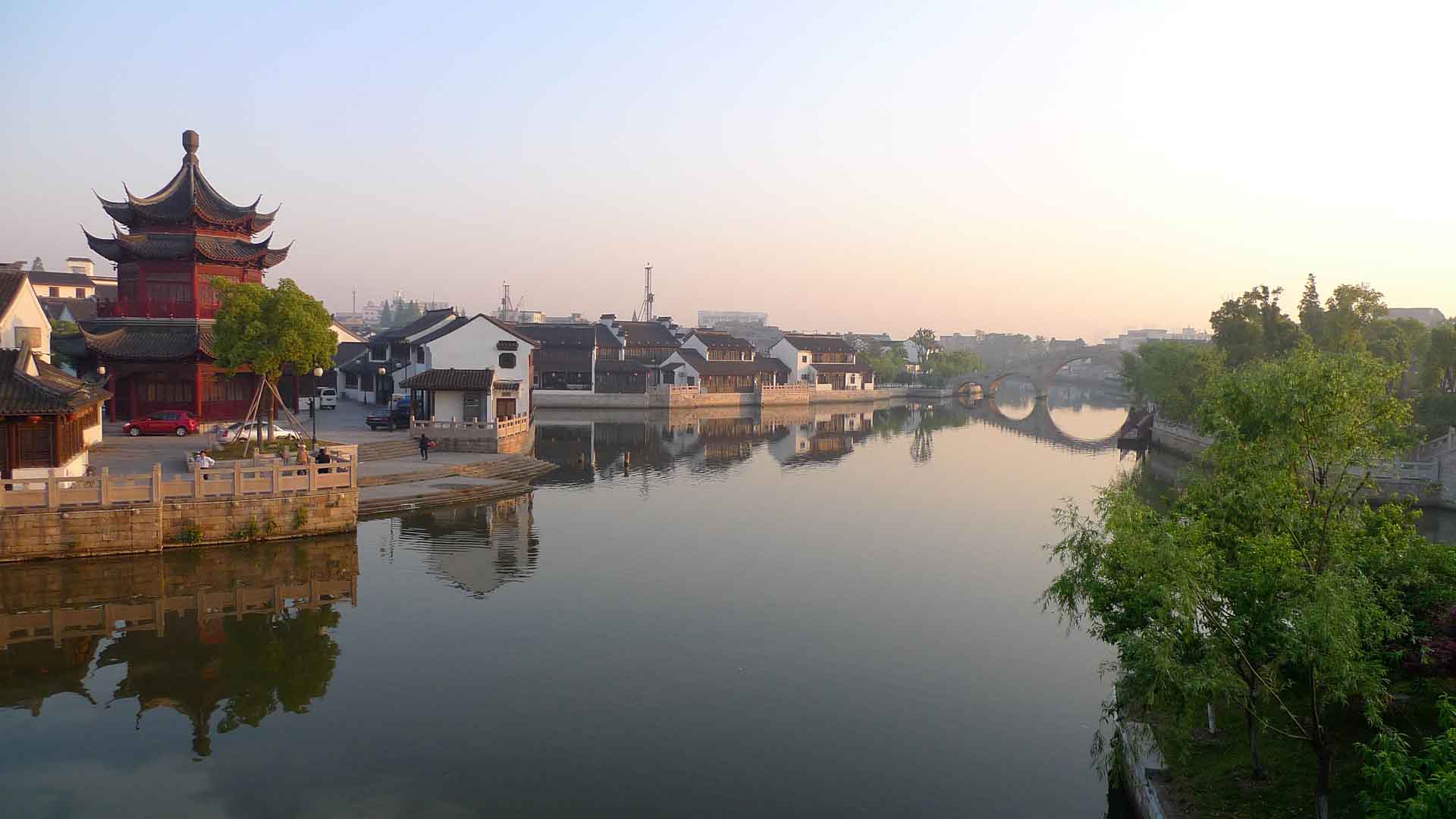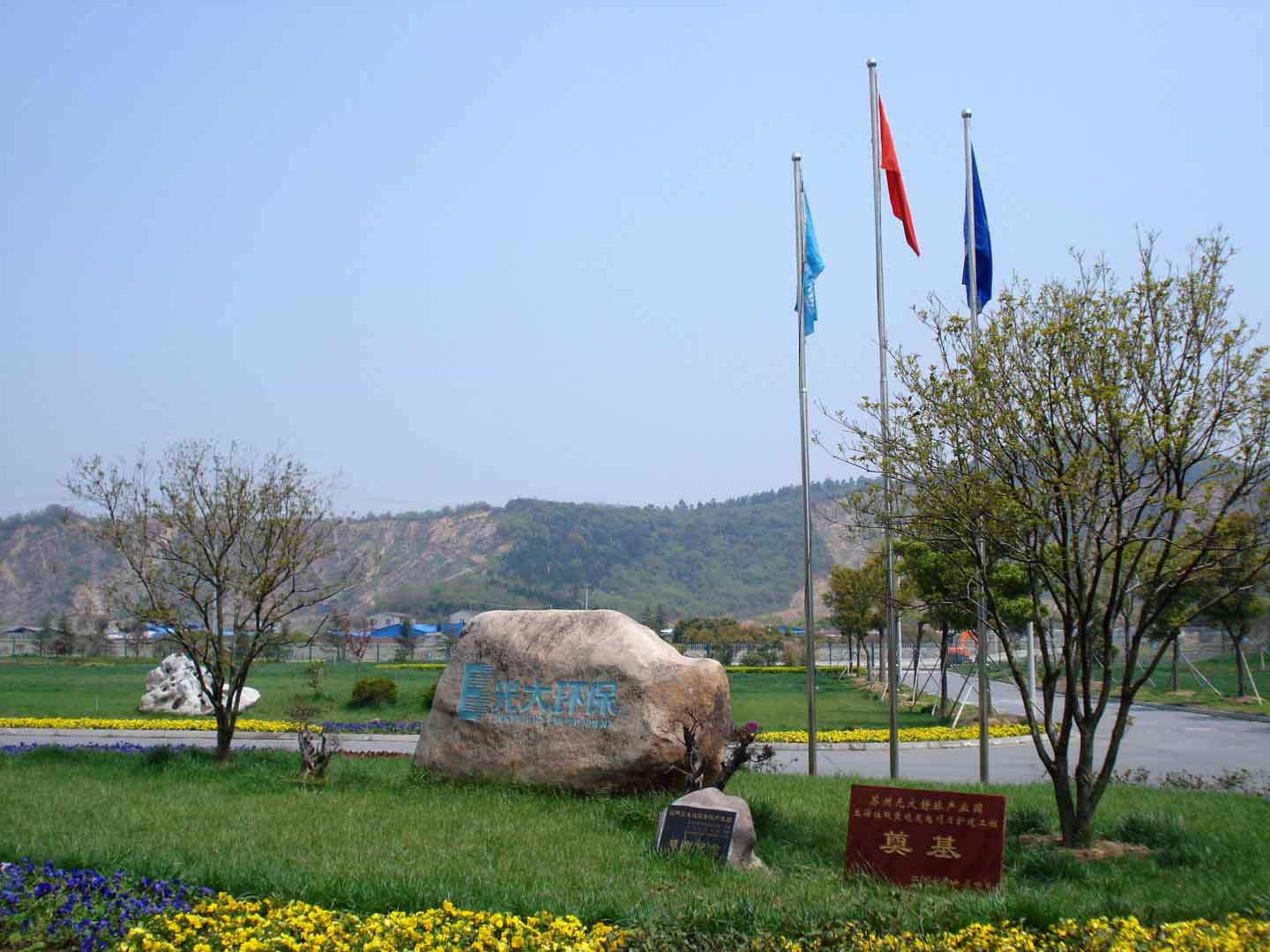Gas Recovery in China
The Landfill Gas Facility uses the accruing landfill gas, which occurs through the decay of organic material, to generate electricity. Project developer is the „Everbright Environment and Energy Suzhou Landfill Gas to Energy Co. Ltd.“. The Landfill Gas Facility gathers the emerging gases (methane) of the landfill site which are burned in a block heating station. The generated energy is supplied to the local grid to meet the strongly growing national energy demand. Hence, this facility has a share in safeguarding the supply with electricity. The utilization of a waste product to generate electricity is a reasonable alternative instead of burning coal, whose part in China’s electricity generation is above 80%.
According to examined details of the constructor of the facility average 23,314 MWh of electricity are produced in the facility every year. This corresponds with an average estimated annual CO2-reduction of 136,794 tons of CO2. The project is listed as a Gold Standard project.

Methane is a greenhouse gas emitted by many processes including livestock farming, waste management, sewage treatment, oil production, and coal mining. When released into the atmosphere, it oxidises first to carbon monoxide and then to carbon dioxide, making it a major contributor to global warming. Climate projects avoid these emissions by capturing the gas and using it to generate heat or electricity, or by processing the gas into dry and liquid gas. In this way, the gas is not released into the atmosphere and is used to generate energy instead. Gas recovery projects in the ClimatePartner portfolio are registered with international standards.
Explore our projects
Biochar for Climate Action, Healthy Soils, and Better Harvests
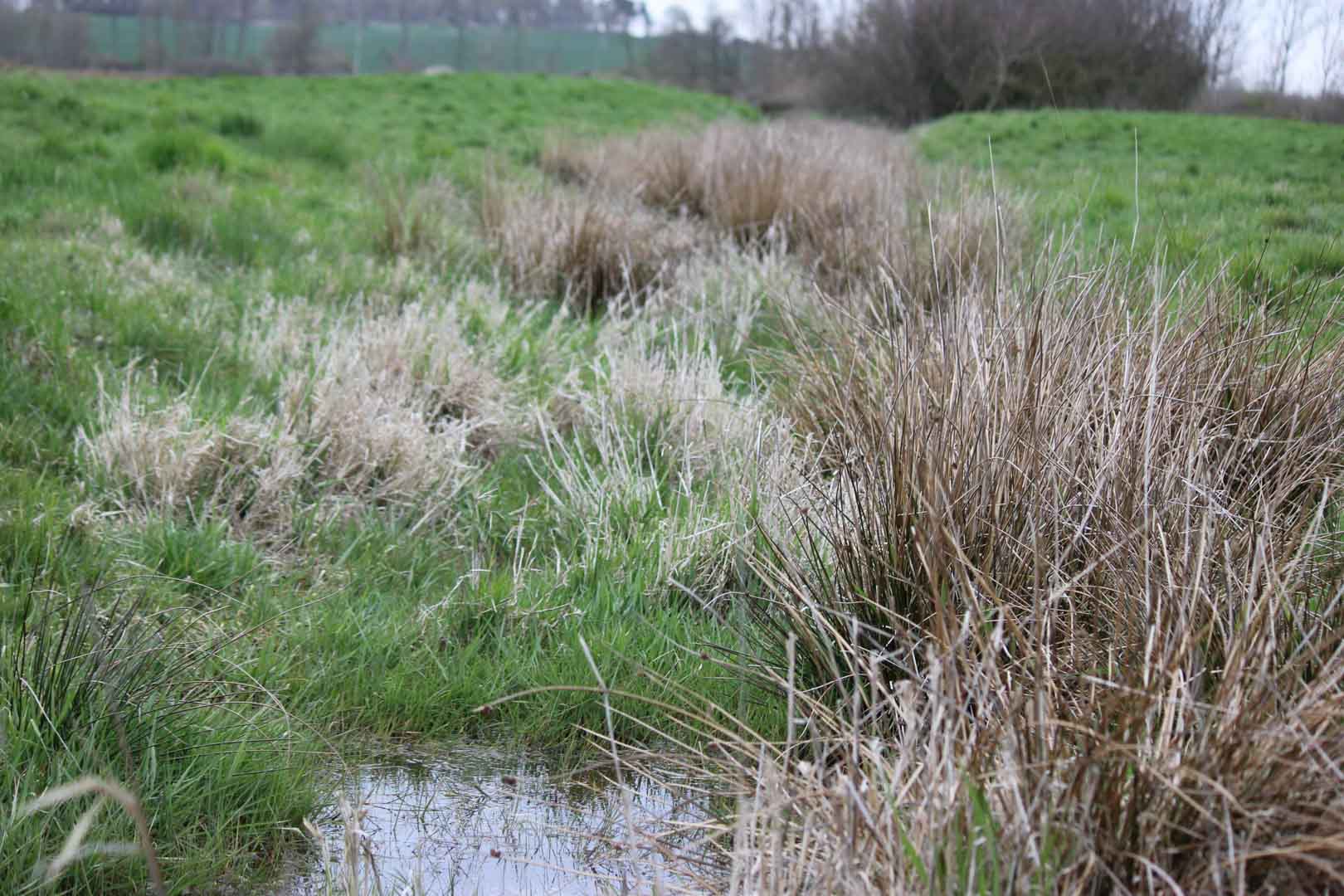
A certified climate project combined with additional commitment

Expansion of renewable energy generation in Asia
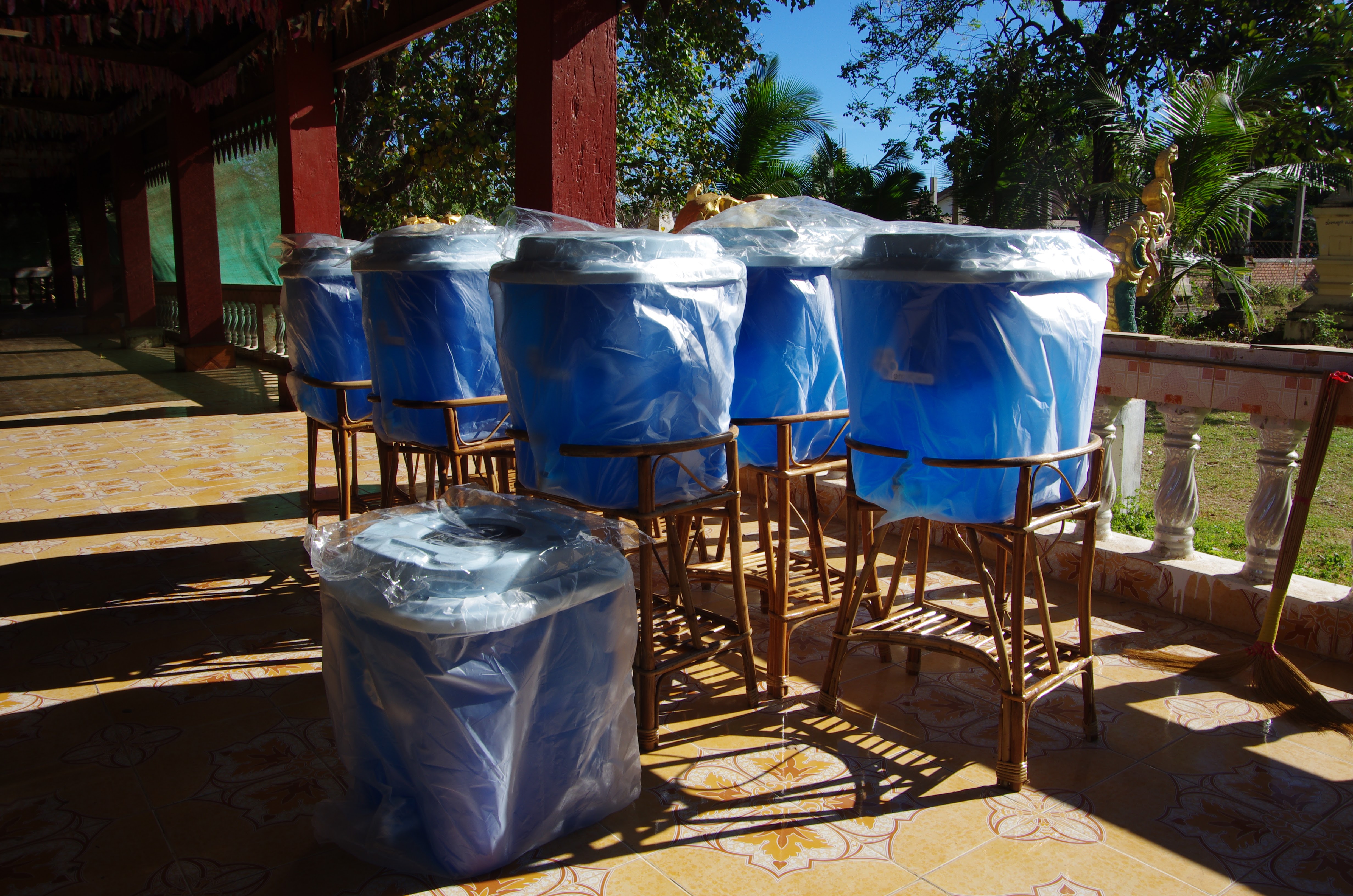
Ceramic water filters save CO2 and improve health

Improved cookstoves worldwide – for better health and cleaner air

A certified climate project combined with additional commitment
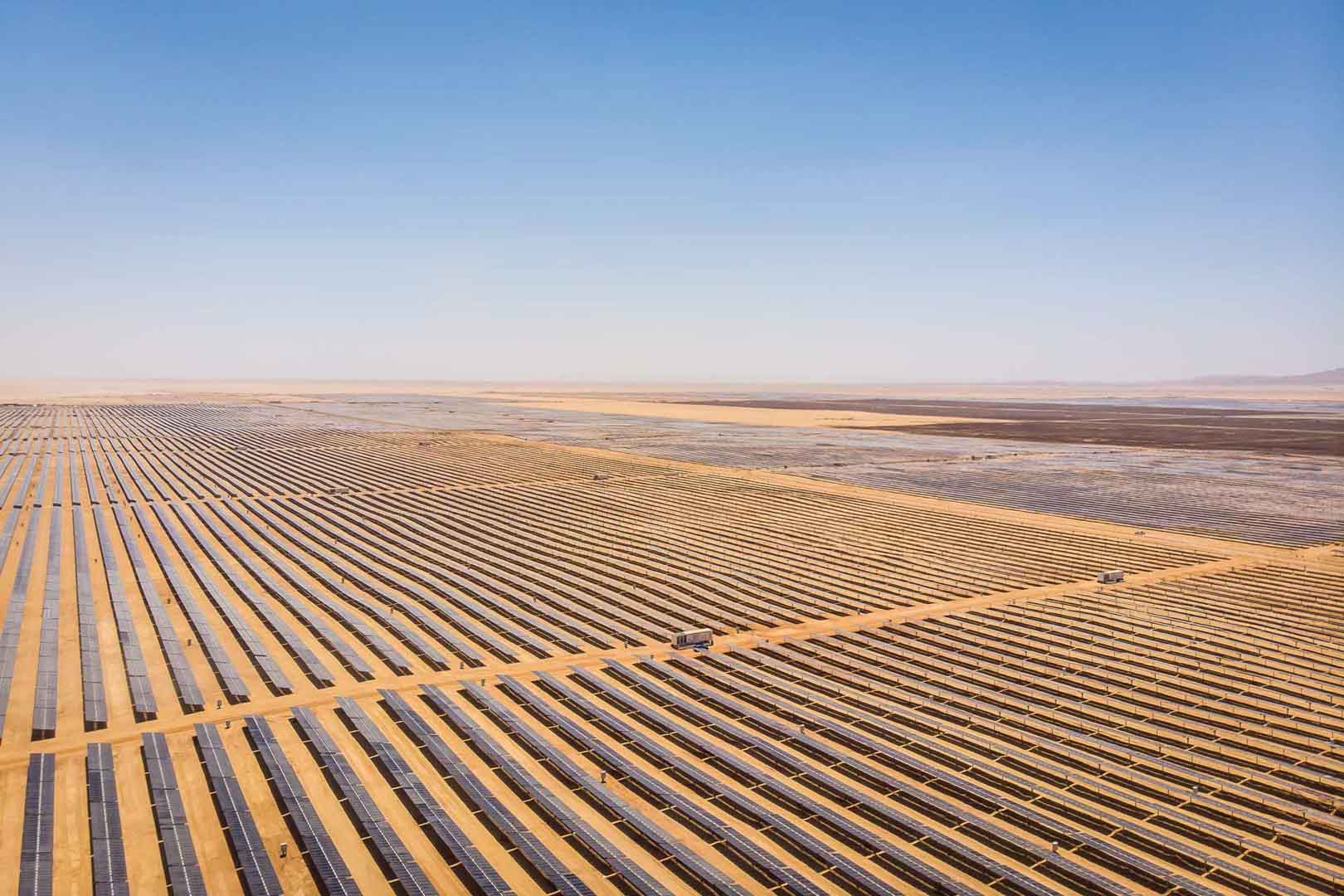
Powering access to renewable energy in Africa

A certified climate project combined with additional commitment

Restored ecosystems remove carbon
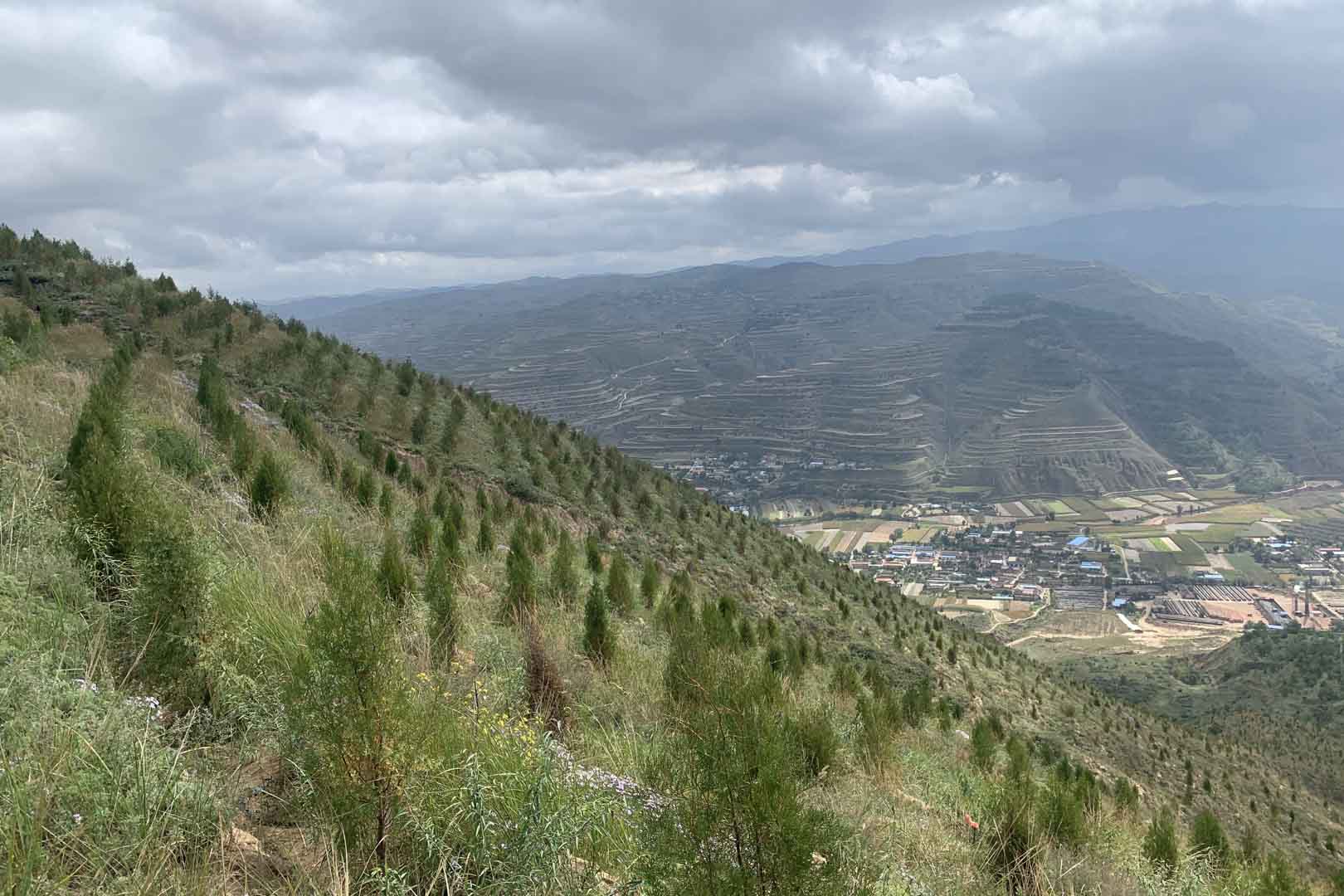
Turning degraded farmlands into healthy ecosystems

Improved cookstoves - better for health and the environment
